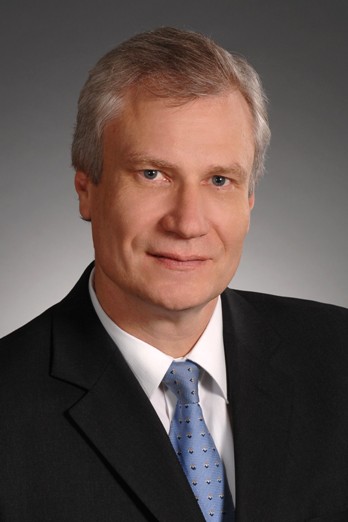The Sudbury Star is the City of Greater Sudbury’s daily newspaper.
The European economic malaise and competition from upstart nickel pig iron producers will likely combine to keep the price of nickel fluctuating in 2012, says a metals analyst.
Price volatility is bound to continue next year, says Montreal-based Terry Ortslan of TSO & Associates. From a high of $16.91 a pound in 2007 on the London Metals Exchange to a low of $6.65 a pound in 2009, nickel averaged about $12.25 a pound in 2011, said Ortslan.
“Recently, the prices are struggling at $8 a pound,” Orstlan said last week, after returning from a business trip to China, where nickel continues to be in high demand.
Ortslan says $7 a pound would be a “low target” for 2012, although he would not rule out that possibility because of Europe’s economic woes and China’s ongoing production from non-traditional sources.

























